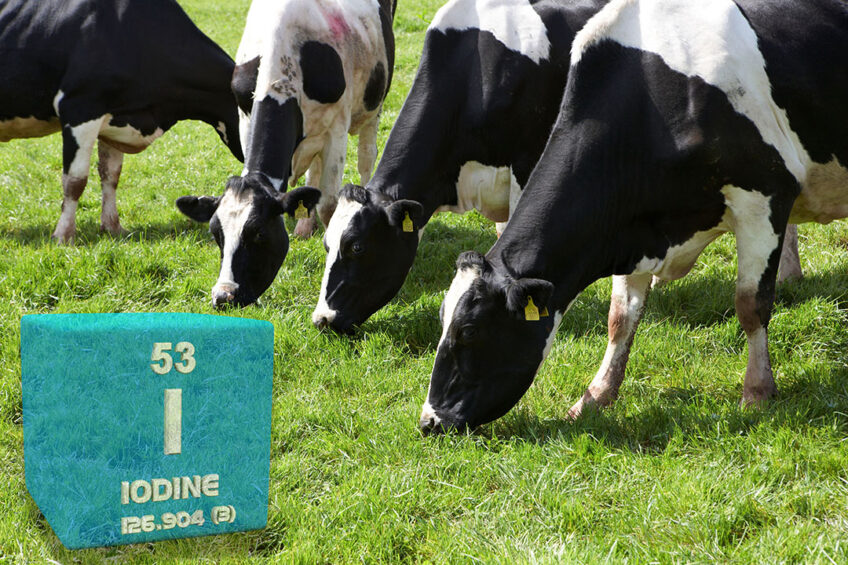Russian scientists suggest treating northern pastures with iodine solutions

Scientists from the St. Petersburg Federal Research Centre of the Russian Academy of Sciences have suggested treating pastures with iodine solution. This approach is believed to be primarily relevant for areas close to the Polar Cycle, where soils lack some critical components needed to secure sufficient feeding results.
The researchers discovered that large territories in northern Russia commonly used as pastures are characterised by a relatively low iodine content. This is a matter of concern as iodine is of great importance for animals and humans. Its deficiency can lead to severe diseases of the thyroid gland, disturbances in the functioning of the brain and gastrointestinal tract, and cardiovascular and reproductive systems.
Moreover, milk and meat products enriched with iodine could be in higher demand among some categories of customers. These products can contribute to maintaining normal thyroid function, which is crucial for metabolism, growth, and development, especially in children and pregnant women.
In the livestock industry, iodine deficiency, which often goes unnoticed, can impair production performance, the scientists claimed.
We have developed a method for increasing the iodine content in forage plants that are actively grown in North-West Russia: oats, vetch (peas) and clover
Polina Filippova, a junior researcher involved in the project
Trail: Iodine boosted by 5-9 times
During the experiment, the iodine content in the several pastures was boosted by a factor of 5 to 9 times. The scientists, however, have not said anything about how it eventually impacted production efficiency.
The researchers prepared an iodine solution using 16 g of iodine salts per 10 litres of water. They estimated that the best working solution consumption was 300 l per ha.
Rise in meat & milk iodine levels
Follow-up studies indicated that the technology has also led to a rise in iodine levels in meat and milk production.
Our approach can easily be used by agricultural companies or farmers in the North-West and other areas of the country with similar climate and soil conditions. It does not require complex equipment but can significantly increase the productivity of forage crops. The main task here is to use a solution with the required iodine concentration, based on our recommendations, since excess can be toxic to plants
Filippova explained
Researchers looking at selenium
The researchers also added that they are working on a similar project aimed at increasing the selenium content in spring barley. This can, among other things, help increase the effectiveness of using barley as a feed crop.











